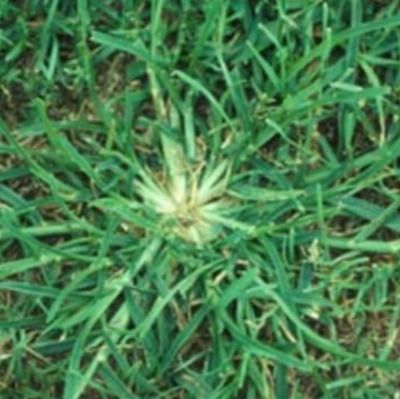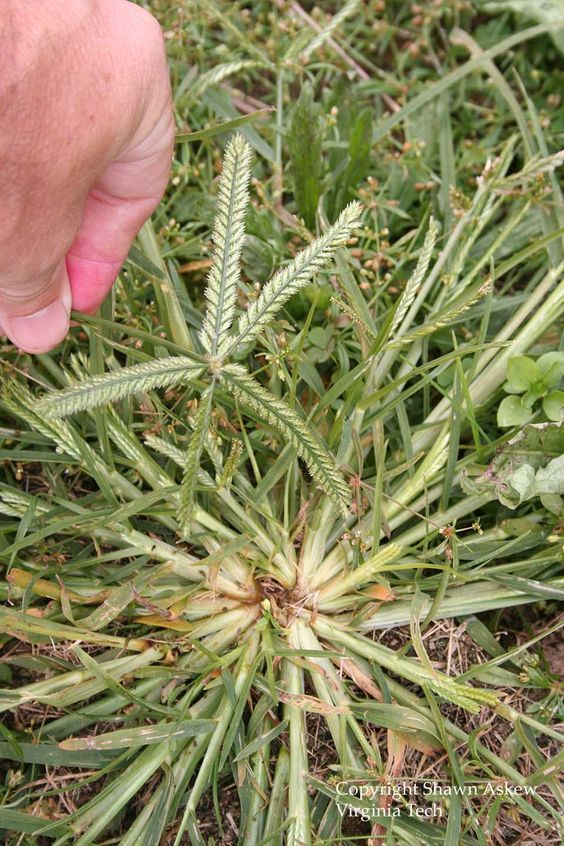
Goosegrass, often seen as just another invasive weed, is surprisingly one of nature’s unheralded health allies. Known scientifically as Galium aparine, and colloquially as cleavers or sticky weed, its ability to latch onto clothes and fur is not its only remarkable feature. This article explores the robust health benefits and uses of goosegrass that make it a valued addition to natural medicine cabinets and green kitchens.
Nutritional and Medicinal Benefits
Goosegrass is highly esteemed in herbal medicine due to its impressive array of medicinal properties. It acts as a diuretic, helping to flush out toxins by increasing urine production, which supports kidney and urinary tract health. Additionally, its lymphatic system support is invaluable, aiding in reducing swelling and treating lymphatic congestion.
Rich in vitamin C, goosegrass helps bolster the immune system, making it beneficial during cold and flu season. It also contains silica, which promotes the health of skin, hair, and nails. The plant’s anti-inflammatory properties make it a good choice for those dealing with arthritis or other inflammatory conditions.
Culinary Uses of Goosegrass
Beyond its medicinal uses, goosegrass can be a nutritious addition to your diet. Its tender young shoots are not only edible but quite flavorful. They can be used raw in salads, offering a crisp texture and a slightly tangy taste, or cooked like spinach. Goosegrass makes an excellent green addition to smoothies, soups, and stews, providing a nutritional boost wherever it’s included.
Traditional Remedies and Applications
Traditionally, goosegrass has been used to make a cooling and healing poultice for wounds and skin ailments, thanks to its soothing properties. It can also be brewed into a tea, which serves as an effective detoxifying agent. For external use, goosegrass juice can be applied to treat acne and other skin irritations, promoting a clearer complexion.
Growing and Foraging Tips
Goosegrass is incredibly resilient and can grow in various conditions, though it prefers moist and nitrogen-rich soils. For those interested in foraging goosegrass, it is easily identifiable by its sticky stems and the small, hook-like hairs that cover them. Harvesting is best done in spring when the plant is young and less fibrous.
Conclusion
Often overlooked or pulled out as an unwanted intruder, goosegrass is a powerhouse of health benefits. Its versatility in medicinal and culinary applications makes it a useful plant to recognize and utilize. Next time you encounter goosegrass, consider the various ways it can contribute to your health and wellness rather than discarding it as a mere nuisance. This unpretentious wonder of nature is indeed a hidden powerhouse waiting to be tapped into.




